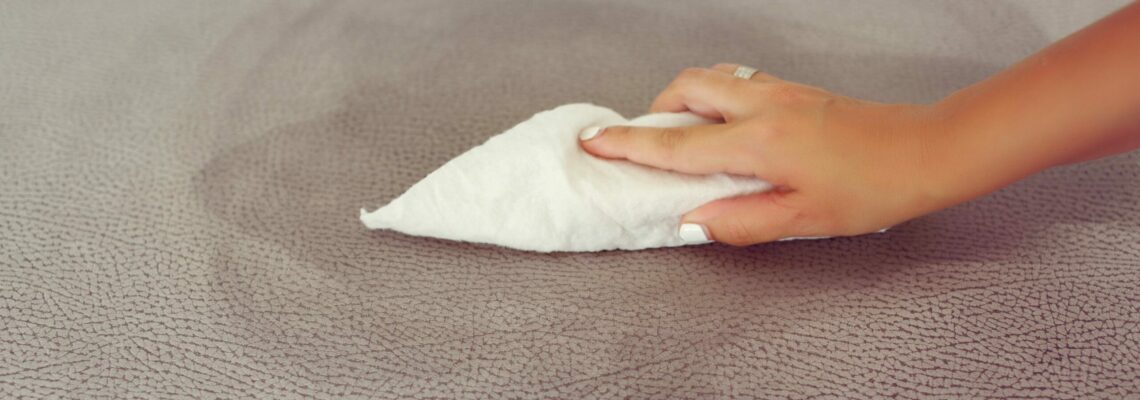While it’s generally not a good idea to get leather wet, if treated properly, it doesn’t necessarily mean having to throw the item away. No matter how the leather gets wet, it may be possible to fix it and prevent it from being destroyed by water damage in Springfield Missouri.
Leather Types and Qualities
The four main types of leather are top-grain, full-grain, split-grain, and bonded. Top-grain is the highest quality and has been treated to remove imperfections. Bonded is the lowest quality and is made from pieces that have been glued or otherwise bonded together to make a larger piece.
Within grain leather, there are three sub-types: aniline, semi-aniline, and protected. Aniline is natural and does not have a surface coating. It’s also the most expensive. Semi-aniline has a sealant to help keep it safe, while protected leather has a thicker sealant that can help prevent water damage, but it’s more prone to cracking.
Leather’s Water Sensitivity
Since leather is a natural material, it’s sensitive to water. Even small amounts of water can make certain types of leather swell or change its shape. On top of this, mold can grow on any leather item and cause further damage. But with the right treatment, most leather that’s suffered minor water damage can still be treated and fixed.
Restoring Grain Leather With Water Damage
Extra care is needed for restoring aniline or semi-aniline leather, as they can stain or fade easier. Timely repairs work best. Blot any water on the leather with a clean cloth and let it dry. Then use a leather conditioner. For a protected leather item, clean with mild soap and water, then use a leather conditioner. The sooner this process is done, the more likely it is the item will be salvageable.
Fixing Leather Furniture Damaged by Water
Take time to assess the damage. Repairs are more difficult if there are any cracks or flakes from the leather. To repair, remove any excess water from the surface and dry the furniture thoroughly. Repair any small cracks with a leather repair kit. For larger cracks, have a professional handle the repairs.
Removing Mold on Leather
Mold can grow easily on leather. If it’s found, start by removing any remaining water from the leather. Use distilled water to dampen a cloth and gently wipe the mold away. Dry the leather completely. If there is still mold, use equal parts water and vinegar, and mist on the spot. Let this sit for at least 30 minutes, then wipe again. If possible, dry in a sunny area.
Insurance Coverage for Leather Items
Check with your insurance company to find out if any leather furniture that has been damaged by water will be covered. In most cases, there is a provision to cover water damage, but cleaning and treating the item may be required before the insurance company will pay out.
Keeping Leather Protected From Water
Keep a clean cloth handy to clean any water that might get on leather furniture. Make sure the furniture is away from windows and doors, and avoid placing it in direct sunlight. Use a good-quality leather conditioner on the furniture and, if cleaning is needed, use a gentle cleanser before conditioning.
When water damage happens, the right help makes all the difference. If you ever have leather items that have been damaged by water, call the professionals at PuroClean Certified Restoration right away. They’ll do the water damage restoration job the right way.


